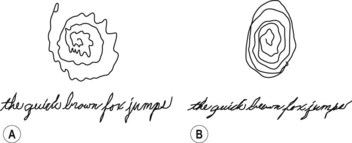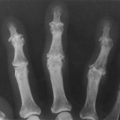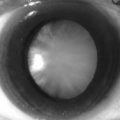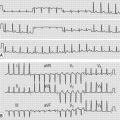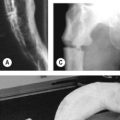54 Tremors
Patient 1
Salient features
Examination
• Coarse resting tremor that is slow (4–6 per second)
• Adduction–abduction of the thumb with flexion–extension of fingers (pill-rolling movement)
• The tremor is halted by purposive movements of the hands. The upper limb tremor often increases as the patient walks
• Tell the examiner that you would like to do the following:
Patient 2
Patient 4
Salient features
Examination
• Unsteadiness when standing still; by contrast, the patient has little or no difficulty while walking, which relieves the symptoms.
• Fine rippling of the muscles of the legs may be seen or felt when the patient attempts to stand still; after a short interval, the patient becomes increasingly unsteady and is forced to take a step to regain balance.
Questions
How would you classify tremors?
• Resting tremor, as in Parkinson’s disease
• Postural tremor (also referred to as action tremor or kinetic tremor). It is brought on when the arms are outstretched and is caused by the following:
• Intention tremor (aggravated by voluntary movements) in cerebellar disease
• Tremor from neuropathy (postural tremor; arms more than legs).
What are the causes of drug-associated tremors?
• Drug-induced tremors: beta-2 agonists (e.g. salbutamol), caffeine, theophylline, lithium, tricyclic antidepressants, serotonin reuptake inhibitors, neuroleptics, sodium valproate, corticosteroids.
• Tremors associated with drug withdrawal: alcohol (delirium tremens), benzodiazepines, barbiturates, opiates.
Advanced-level questions
What do you know about the investigation and management of primary orthostatic tremor?
What is the pathophysiology of tremor?
• Physiological tremor has both mechanical and central components.
• Symptomatic palatal tremor is most likely caused by rhythmic activity of the inferior olive.
• Essential tremor is also generated from within the olivocerebellar circuits. The most common action tremor is essential tremor, a tremor of the hands at 4–12 Hz.
• Rest tremor of Parkinson’s disease arises from the basal ganglia loop, and dystonic tremor originates from within the basal ganglia.
• Orthostatic tremor originates from unidentified brainstem nuclei.
• Cerebellar tremor is in part caused by a cerebellar circuit that involves feedforward control of voluntary movements.
• Neuropathic tremor is believed to be caused by abnormally functioning reflex pathways.
• Toxic and drug-induced tremors have many underlying causes.
• Psychogenic tremor is thought to be mediated by reflex mechanisms.
What is the treatment for tremor?
• Tremor caused by Parkinson’s disease: levodopa, anticholinergic agents, dopamine agonists or budipine. When all other types of medication are not effective, clozapine is often beneficial. More than 50% of patients respond to this treatment (N Engl J Med 2000;342:505).
• Essential tremor: beta-blockers, primidone or both; 40–70% of these patients have some improvement with this treatment (N Engl J Med 2001;345:887).
• Cerebellar tremor: no standard treatment; clonazepam is sometimes effective, as is treatment with levodopa, anticholinergic agents or clozapine.
• Drug resistant tremor: thalamic stimulation (continuous deep-brain stimulation) and thalamotomy are equally effective, but thalamic stimulation has fewer adverse effects and results in a greater improvement of function (N Engl J Med 2000;342:461–8).

